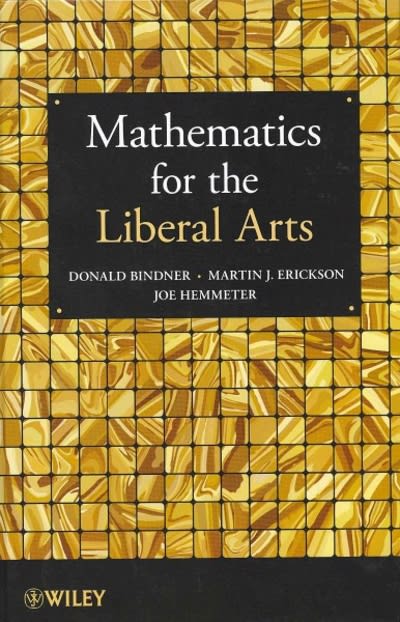Question
1. The probability of rejecting the null hypothesis that is true is known as the ? Type 1 error Type II error statistical power confidence
1. The probability of rejecting the null hypothesis that is true is known as the ?
Type 1 error
Type II error
statistical power
confidence level
2. Power is defined as?
the probability that you will retain/keep the null hypothesis if it is false
the probability that you will reject the null hypothesis if if is true
determined by your research hypothesis only
the probability that you will reject the null hypothesis if it is false
3. Two random samples have sizes of n=100 and n=75 respectively. Which of the following is true for a 95% confidence level?
The sample of n=75 has a greater degree of confidence
The sample of n=100 has a greater degree of confidence
The confidence interval of sample of n=100 is narrower
The confidence interval of sample n=100 is wider
4. The statistical process of using samples to estimate population parameters is known as:
statistical interference
statistical inference
statistical confidence
descriptive statistics
4. If a researcher wishes to determine where there is evidence that the mean fasting glucose levels in adults with DM 2 is difference from 110mg/dl then
a two-dependent sample t-test should be considered
a two-independent sample t-test should be considered
a one-sample t-test should be considered
either a one-sample or two dependent sample t-test should be considered
Step by Step Solution
There are 3 Steps involved in it
Step: 1

Get Instant Access to Expert-Tailored Solutions
See step-by-step solutions with expert insights and AI powered tools for academic success
Step: 2

Step: 3

Ace Your Homework with AI
Get the answers you need in no time with our AI-driven, step-by-step assistance
Get Started


